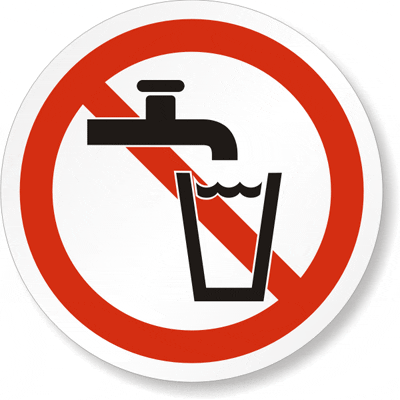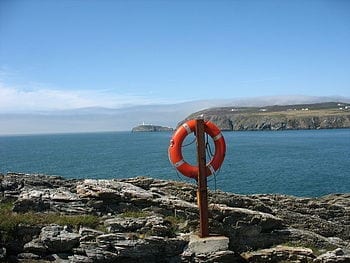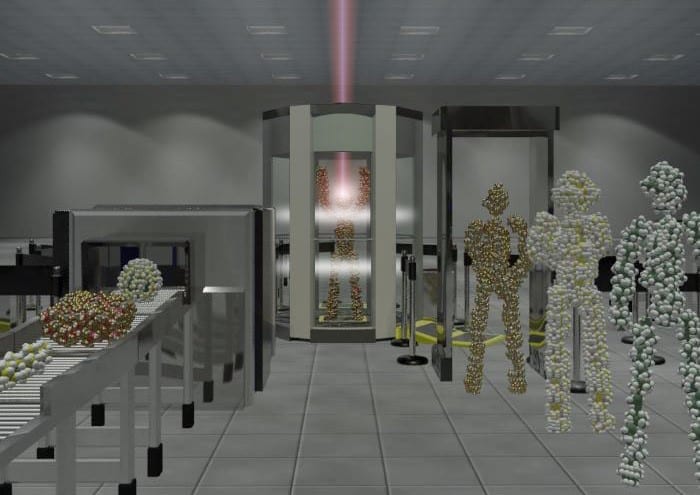
As we have been hearing, global water shortages are poised to exacerbate regional conflict and hobble economic growth.
Yet the problem is growing worse, and is threatening to deal devastating blows to health, according to top water officials from the U.S. State Department and the U.S. Agency for International Development (USAID) who spoke before a House panel hearing today.
Ever-rising water demand, and climate change, are expected to boost water problems worldwide, especially in countries that are already experiencing shortages. Globally, the world is on track to meet the Millennium Development Goal of halving the number of people unable to reach or afford safe drinking water by 2015, but it still must make strides to improve global sanitation, says Aaron Salzberg, the State Department’s Special Coordinator for Water Resources. In addition to supply problems, unclean water causes more than four billion cases of diarrhea a year which lead to roughly 2.2 million deaths, and most are in children under the age of five.
“The magnitude of it is extraordinary.” says Christian Holmes, global water coordinator for USAID.
The hearing comes on the heels of stark reminders of the current water shortages that are apparent across the globe. Pakistan, one of the most water-stressed countries in the world, is on the brink of crisis. A recent report from the Asian Development Bank, highlighted by The Atlantic, states that the country’s emergency water reserve only has enough supply for 30 days – more than 30 times below the 1,000-day recommendation for similar countries. Pakistan, the report states, is “not far from being classified as ‘water scarce,’ with less than 1,000 cubic meters per person per year.” Among other factors, climate change is affecting snowmelt and reducing flows into the Indus River, the area’s main water source.
USAID expects its programs to provide a minimum of 10 million people with sustainable access to improved water supply by 2018.It also plans to provide 6 million people with sustainable access to improved sanitation by that time, according to the agency’s new water and development strategy, its first. It is also supporting regional discussions on water scarcity issues. Despite such a large effort, almost 800 million people lack access to safe water, and more than double that number are unable to access sanitation. And without big changes, two-thirds of the world’s population is expected to be living under “severe water stress conditions” — meaning that in a given year there would be less than 1,000 m3 of water available per person — by 2025, according to USAID.
To alleviate more of that stress, USAID will work with other countries to use emerging science and technology to track the problem and prepare communities to adapt. It will continue to share NASA Earth Science and satellite data about water supply throughout the world to help detect and prepare for future threats. It will also help nations translate that data into decision-making for aid and how to better alert communities about likely food shortages.
The Latest Bing News on:
Water Shortages
- Water scarcity looms southern India, reservoir levels drop to 17% of capacityon April 26, 2024 at 11:03 pm
The Central Water Commission's recent bulletin reveals alarming statistics for the southern region of India, with water storage in reservoirs plummeting to just 17% of capacity.
- Thames Water Crisis Puts £100 Billion UK Investment Plan at Riskon April 26, 2024 at 2:08 am
The debt crisis at Thames Water is jeopardizing £100 billion ($125 billion) of potential investment required over the next five years to mend Britain’s crumbling utilities infrastructure.
- Water shortages, traffic aggravate India's Bengaluru as it voteson April 25, 2024 at 9:23 pm
Dire water shortages, flooding, gridlocked roads and poor civic facilities have become major issues in Bengaluru city, residents in India's tech hub said as they voted on Friday in a general election that is otherwise focused on jobs,
- Flint, Michigan, residents call on Biden to pay for decade-old federal failures in water crisison April 24, 2024 at 8:03 pm
The state of Michigan and city of Flint have both settled with residents over the water poisoning that began in April 2014. The feds have not.
The Latest Google Headlines on:
Water Shortages
[google_news title=”” keyword=”Water Shortages” num_posts=”10″ blurb_length=”0″ show_thumb=”left”]
The Latest Bing News on:
Global water shortages
- Critical Water Shortage in Pakistan Threatens Economic and Social Stabilityon April 27, 2024 at 7:58 am
Pakistan is currently facing a severe water crisis that significantly affects its social, environmental, and economic dimensions. Successive governments have been criticized for their lack of action, ...
- The climate crisis is a sexual health and reproductive rights emergencyon April 27, 2024 at 2:15 am
Sexual and reproductive health services are often “invisible” when compared with food and emergency medicine in humanitarian relief efforts and crisis settings.
- South India grapples with water scarcity as reservoir levels dip to 10-year lowon April 27, 2024 at 1:24 am
A bulletin indicates that the 42 reservoirs monitored by the CWC in southern India have a total live storage capacity of 53.334 billion cubic meters (BCM).
- A water crisis in Mississippi turns into a fight against privatizationon April 26, 2024 at 7:19 am
The saga in Jackson reflects a wider debate playing out in cities across the country. It's not just about water.
- Crisis in Haiti may be a death sentence for manyon April 26, 2024 at 2:04 am
Is Haiti’s health sector on life support or death row? A recent Miami Herald article on the challenges faced by physicians, doctors and other medical personnel in Haiti, where violence by ...
- Water shortages, traffic aggravate India's Bengaluru as it voteson April 25, 2024 at 9:23 pm
Dire water shortages, flooding, gridlocked roads and poor civic facilities have become major issues in Bengaluru city, residents in India's tech hub said as they voted on Friday in a general election ...
- Children of Flint water crisis make change as young environmental and health activistson April 22, 2024 at 11:19 am
Dozens of the children of Flint, Michigan's lead-contaminated water crisis have turned their trauma into advocacy 10 years after it began.
- The children of the Flint water crisis are growing into environmental and health activistson April 22, 2024 at 5:33 am
Dozens of children of the Flint water crisis -- now teenagers and young adults -- have turned their trauma into advocacy (AP video: Mike Householder) ...
- Let California lead the way out of our global plastic pollution crisison April 19, 2024 at 9:30 am
California has recognized this urgency and in 2022 passed SB54, mandating a 25 percent reduction in single-use plastics — the strongest plastics policy in the world.
- Pioneering crop productivity and sustainability in the face of water scarcityon April 16, 2024 at 11:25 am
A research team has shed light on the early morning "golden hours" as a pivotal time for achieving optimal water use efficiency (WUE) in crops, revealing that plants can maintain lower transpiration ...
The Latest Google Headlines on:
Global water shortages
[google_news title=”” keyword=”global water shortages” num_posts=”10″ blurb_length=”0″ show_thumb=”left”]










